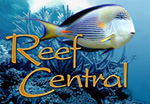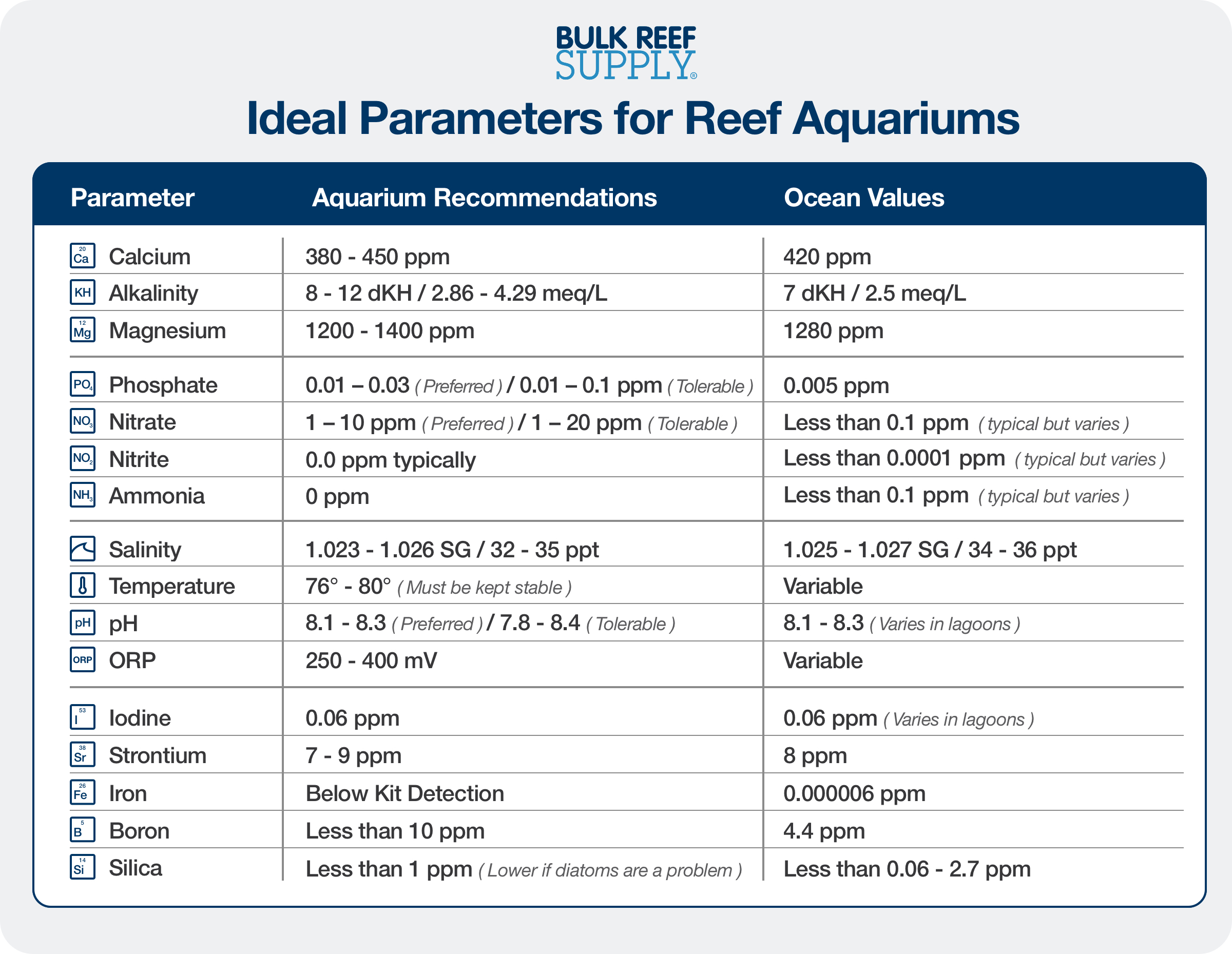Hi - very new to this hobby and it's a step learning curve so looking for some help. I have a 200 gallon salt tank with bio filter media, regular filter, active charcoal, a protein skimmer, and a UV light, also a chiller/heater. I have a lot of live rock, and recently bought a electronics water monitor. The issue is my cleanup crew all but died off and I lost a couple cool fish and two Anemones. I used distilled water for changes and I have a brown/red algae problem.
Here are the parameters in the tank -
PH 8.12
Salinity 3.19 %
ORP 132mV
Temp 75.5
SG 1.021
I tested for Nitrate using some test strips - it's so hard to tell when comparing colors but it looks like there could be an elevated level of that. I purchased a copper text kit but haven't gotten it yet. Not sure what the next move is - I know the tank needs the cleanup crew but I spent $300 on the last bunch that all puked.
Your help would be greatly appreciated.
Fred
Here are the parameters in the tank -
PH 8.12
Salinity 3.19 %
ORP 132mV
Temp 75.5
SG 1.021
I tested for Nitrate using some test strips - it's so hard to tell when comparing colors but it looks like there could be an elevated level of that. I purchased a copper text kit but haven't gotten it yet. Not sure what the next move is - I know the tank needs the cleanup crew but I spent $300 on the last bunch that all puked.
Your help would be greatly appreciated.
Fred

